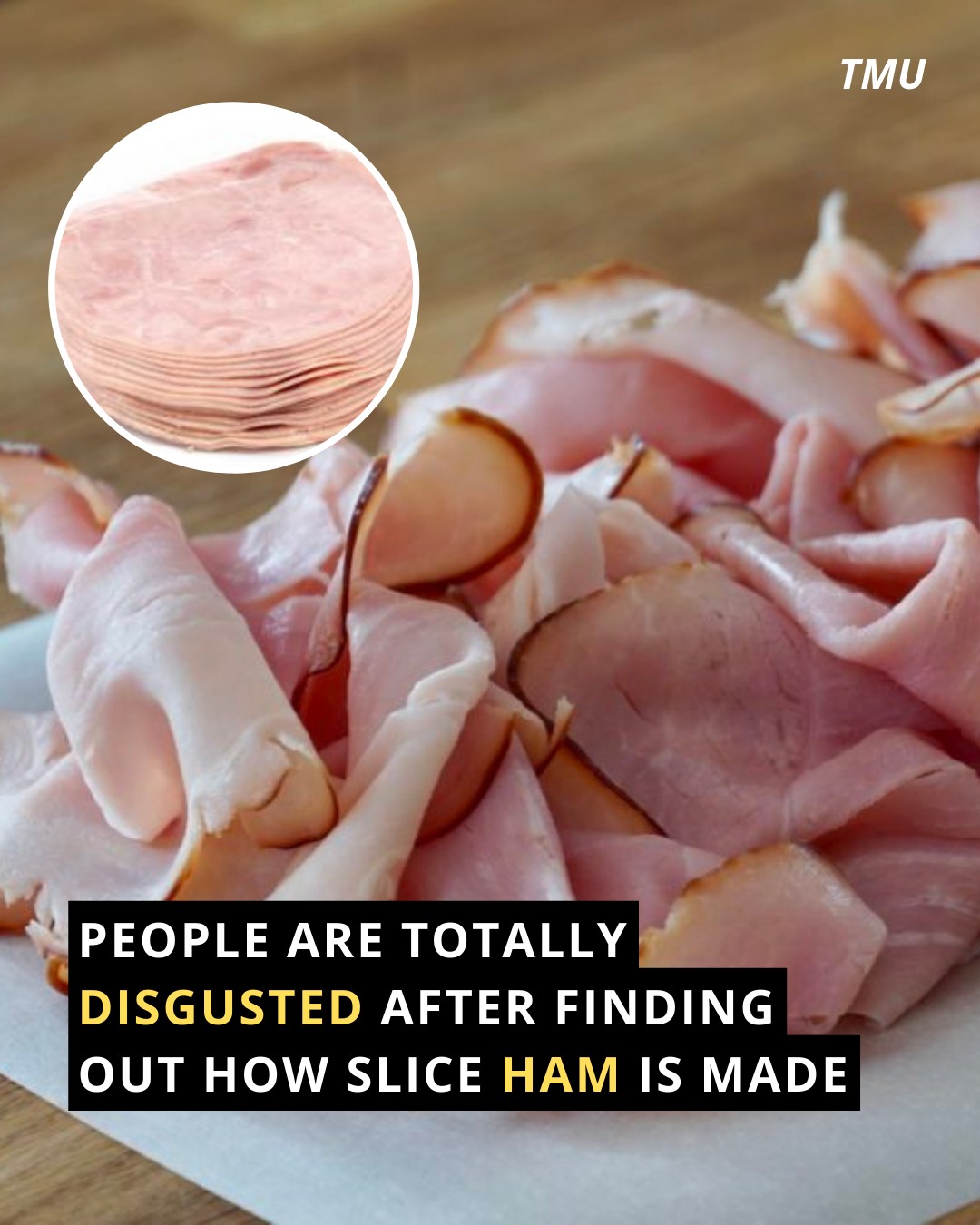Once cooked, the ham is cooled and sliced into thin pieces. The slices are carefully arranged and vacuum-sealed in plastic packaging to extend shelf life and maintain freshness. The packaging often includes preservatives to prevent spoilage.
Additives and Fillers
One of the major concerns about industrially produced sliced ham is the use of additives and fillers. These substances, such as carrageenan (a seaweed extract) and modified food starch, are used to enhance texture and retain moisture. While they are generally recognized as safe by food regulatory agencies, their presence in meat products can be off-putting to some consumers.
Health and Ethical Concerns
The production of sliced ham also raises several health and ethical concerns:
Nutritional Content:
The high sodium content in cured meats can contribute to health issues such as hypertension and heart disease. Additionally, the use of nitrates and nitrites, although effective in preventing bacterial growth, has been linked to an increased risk of certain cancers when consumed in large quantities.
Animal Welfare:
The conditions in which pigs are raised and slaughtered for mass-produced ham can be distressing. Many industrial farms keep pigs in confined spaces, leading to stress and poor living conditions. Ethical concerns about animal welfare have led some consumers to seek out more humane alternatives.
Environmental Impact:
ADVERTISEMENT
